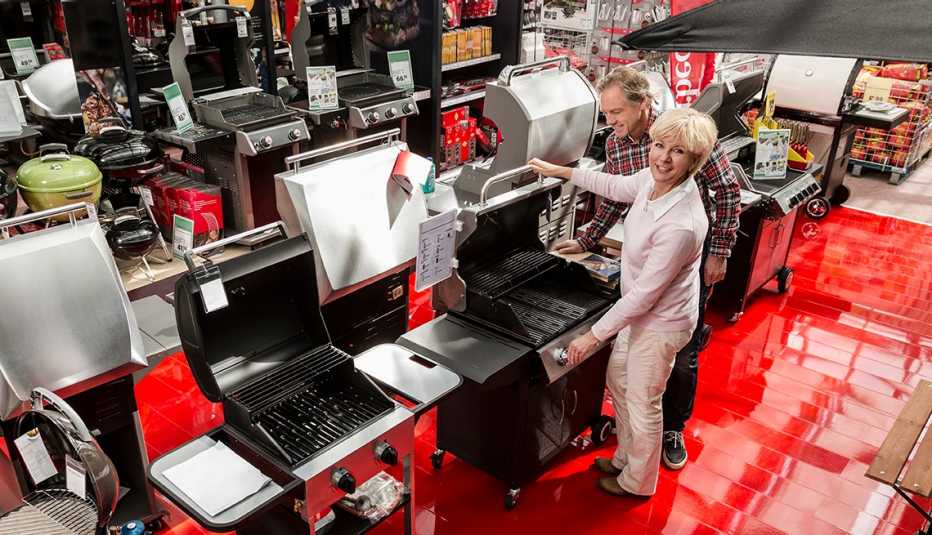Whether you live in a state with high utility costs or one with low monthly expenses, there are ways to save through programs run by the government and utility companies.
The Low Income Home Energy Assistance Program (LIHEAP) helps struggling homeowners. Benefits generally come in two forms: a yearly stipend to help with your routine energy bills, or emergency benefits if you’re in immediate risk of having your utilities shut off.
LIHEAP operates on a first-come, first-served basis. Typically, households with a person over age 60 can apply a month in advance, giving older adults priority. To apply, contact your state LIHEAP office or reach out through the National Energy Assistance Referral hotline at 866-674-6327.
Through the U.S. Department of Energy’s Weatherization Assistance Program (WAP), states, U.S. territories and Native American tribes receive grants to help low-income families reduce their energy bills by making their homes more energy efficient. Those governments use a network of nonprofits, community groups and local agencies to provide weatherization services to qualifying households. Special preference goes to families with someone 60 or older, children or one or more members with a disability.
If you are having trouble paying your utility bill or want more information on how to lower your energy bills, contact your utility. Many offer budget-billing programs that let you pay a set amount each month. Some may also offer special protections for customers who have disabilities, are on Supplemental Security Income or use medical life-support equipment. The utility company will devise an affordable payment plan or put you in touch with a nonprofit that may be able to help. Ask about rate options as well. Some utilities offer a low-income rate discount. Others offer time-of-use rates that lower bills if you can move your consumption off-peak.
DIY ways to save
If you aren’t struggling but want to lower your utility bills, Hicks says a home energy audit can help identify money-sapping leaks. This service can cost anywhere from $300 to $500 but you can receive a $150 credit through the Inflation Reduction Act. “The inflation Reduction Act has some nice incentives for people to make energy-efficient upgrades to their home,” says Angi’s Hicks. “If it’s time to replace a fireplace, furnace or AC look at the incentives that might be available.” A rule of thumb when considering replacing something mechanical in the home: If the repair cost is half the cost of a new one, then replace it, she says.
There are also DIY ways to reduce your utility bills, including the following:
Reduce your consumption. According to Energy Star, you’ll save 10 percent on your energy consumption if you lower the temperature in your home in winter by 10 degrees. If you have a programmable thermostat, you can set it to do that automatically when you’re at work or asleep.
Banish power vampires. The modern home has lots of devices that suck electricity even when turned off, costing an average of $100 per year, according to the Department of Energy. Chargers for phones, tablets and other cordless devices drink juice even when they are not charging anything, so unplug them when not in use. Likewise, turn off or unplug televisions, computers, cable boxes and game consoles — anything with a little indicator light.
Cover your windows. Homes lose about 30 percent of their heating energy through windows in the winter, and 76 percent of sunlight that falls on double-pane windows becomes heat in the summer. Consider blackout curtains.
Upgrade to LED lighting. You can cut the amount of energy used by your light bulbs by up to 90 percent if you switch from traditional incandescent bulbs to light-emitting diodes. LED lights also last 25 times longer, meaning you won’t spend as much on new bulbs over time.
Get all rebates and tax credits. States and some municipalities offer incentives for everything from installing solar panels to buying an electric car to upgrading home appliances. DSIRE, a searchable database of renewable-energy and energy-efficiency incentives maintained by North Carolina State University’s NC Clean Energy Technology Center, can help you find programs in your state.







































































